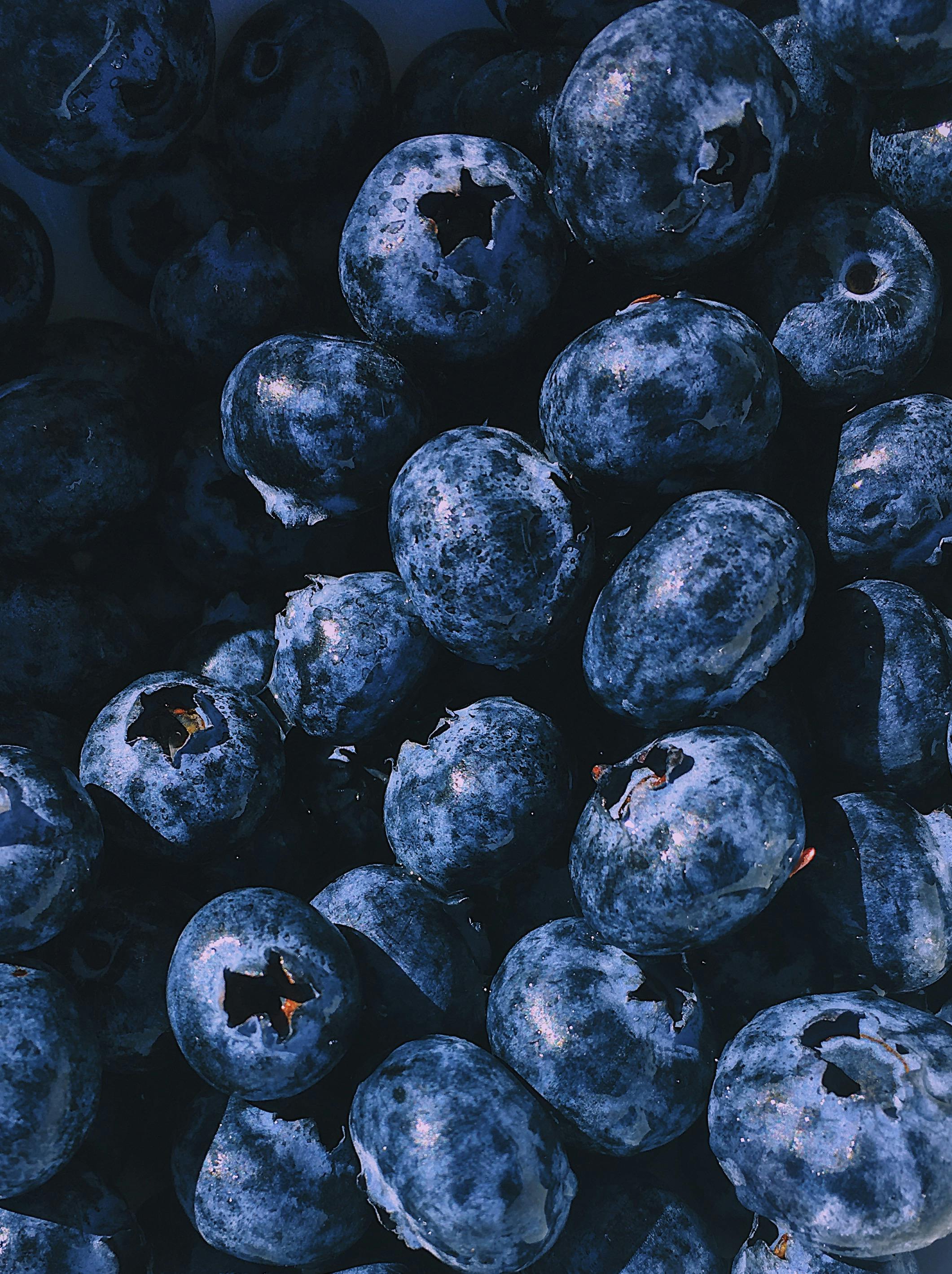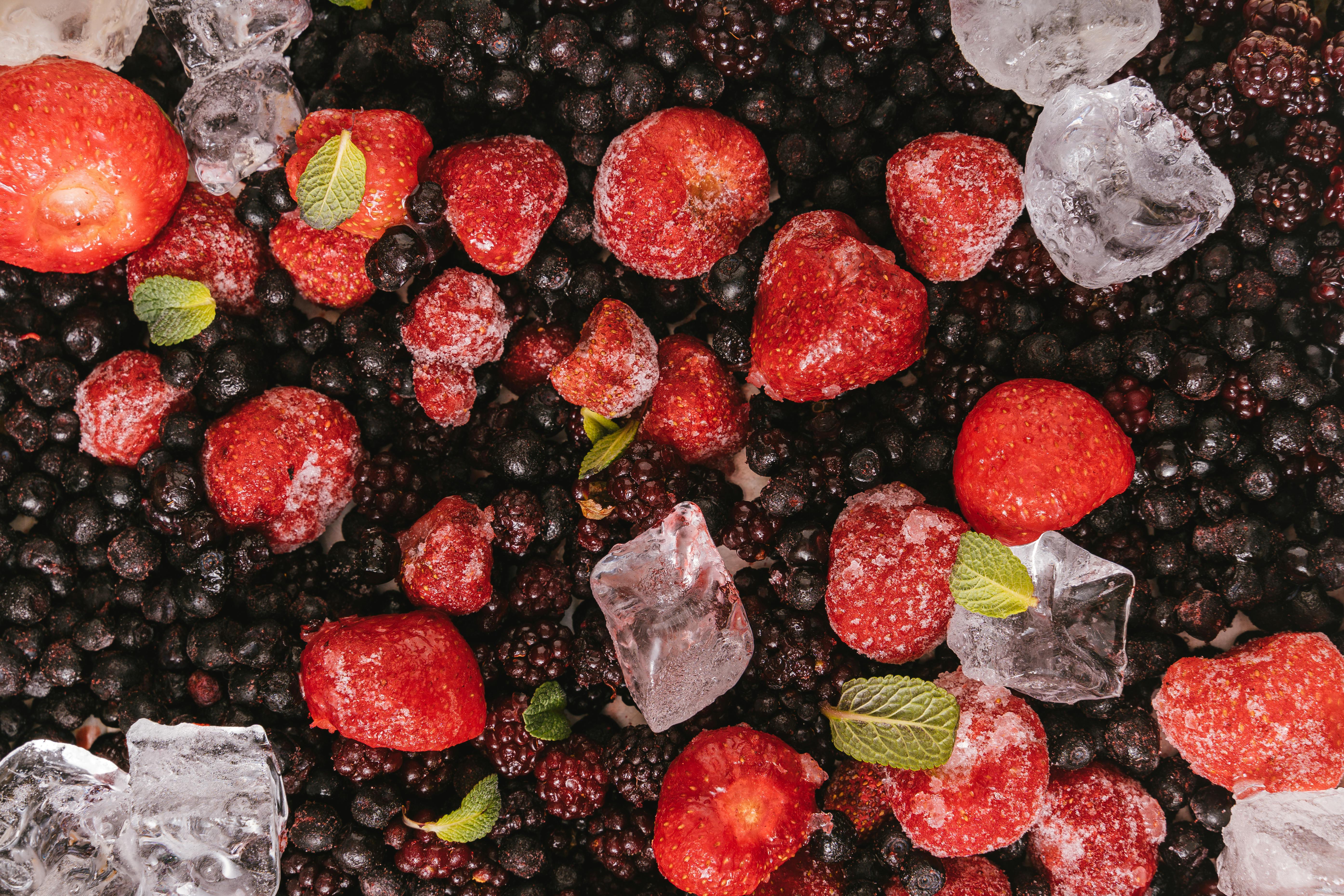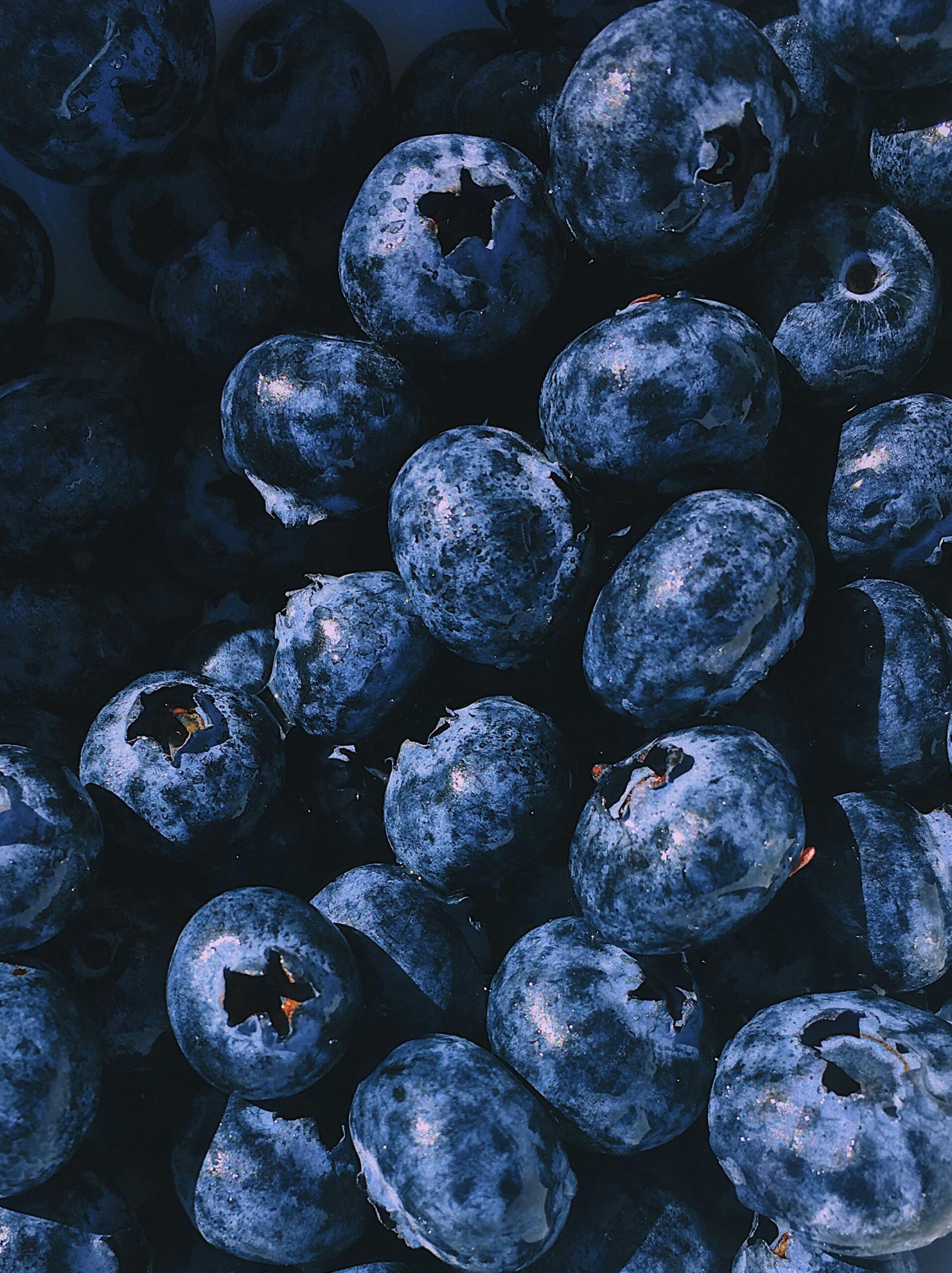Delicious and Nutritious Healthy Dessert Smoothies Guide
Craving a sweet treat without the guilt? Healthy dessert smoothies are the perfect answer. They blend flavor and nutrition in a way that supports a balanced lifestyle. In this comprehensive guide, you’ll learn how to create mouthwatering smoothies that satisfy your dessert cravings while nourishing your body.

Understanding the Fundamentals
At their core, healthy dessert smoothies combine the indulgent flavors of traditional desserts with the nutritional benefits of whole foods. By replacing high-calorie, sugar-loaded treats with nutrient-rich ingredients, you create a balance between taste and wellness.
Historically, smoothies were considered health food staples for athletes and wellness enthusiasts. Today, their role has evolved into satisfying, guilt-free alternatives to desserts, with an ever-growing variety of combinations to suit every dietary need.
1.1 What Makes a Smoothie “Healthy”
A healthy smoothie typically includes whole fruits, vegetables, plant-based or lean proteins, and healthy fats. For dessert smoothies, the sweetness comes naturally from ingredients like bananas, berries, and dates instead of refined sugar.
For example, a smoothie made with Greek yogurt, frozen strawberries, and a touch of honey offers the creamy satisfaction of ice cream but with probiotics and antioxidants. Common misconceptions suggest all smoothies are healthy—but those with added syrups and processed ingredients can quickly become sugar bombs.
1.2 Defining “Dessert” in Smoothie Terms
Traditional desserts emphasize richness and decadence. Healthy dessert smoothies replicate that experience using smart swaps like avocado for creaminess, cacao nibs for chocolate flavor, and nut butters for indulgent texture.
Unlike typical post-meal sweets, these smoothies fuel your body while providing that emotional satisfaction we seek from desserts. Many fitness professionals even use them as recovery meals or meal replacements due to their high nutrient content.
Practical Implementation Guide
Knowing the basics is just the beginning—let’s now explore how to put them into action. With the right approach, making healthy dessert smoothies becomes second nature, and the results can be surprisingly rewarding.

2.1 Actionable Steps
- Choose a Base: Use unsweetened almond milk, Greek yogurt, or oat milk for creaminess and added nutrients.
- Add Natural Sweeteners: Opt for dates, ripe bananas, or a drizzle of maple syrup to sweeten without guilt.
- Incorporate Fiber & Protein: Chia seeds, flaxseeds, or a scoop of protein powder enhances satiety and nutrition.
2.2 Overcoming Challenges
Here are common smoothie-making hurdles and how to tackle them:
- Too Watery: Add frozen fruit or reduce liquid content.
- Too Bland: Incorporate spices like cinnamon or vanilla extract.
- Too Sweet: Balance with lemon juice or Greek yogurt for tartness.
Expert tip: Prep smoothie packs by freezing ingredients in batches to save time and reduce kitchen mess.
Advanced Applications
Once you’ve mastered the basics, it’s time to take your healthy dessert smoothies to the next level. These techniques offer more flavor complexity, texture variety, and targeted nutrition.

3.1 Smoothie Bowls
Smoothie bowls are a thicker, spoonable version of smoothies that allow for creative toppings like granola, coconut flakes, or fresh fruit. They not only enhance the visual appeal but also boost fiber and texture.
For instance, a chocolate avocado smoothie bowl topped with raspberries, pumpkin seeds, and shredded coconut creates a decadent, nourishing breakfast or dessert option.
3.2 Custom Smoothie Stacks
Layering smoothies in clear glasses (e.g., mango base + blueberry layer) makes them visually appealing and encourages portion control. This method is ideal for entertaining or teaching kids about healthy eating.
Ensure ingredients have similar thickness to prevent mixing. Pair compatible flavors and use natural food colorings for vibrant, Instagram-worthy results.
Future Outlook
As consumer preferences shift toward health-conscious eating, the future of healthy dessert smoothies looks bright. Plant-based innovation, superfood powders, and personalized nutrition will shape this space.
Expect to see AI-powered smoothie machines, nutrient-dense powders targeting specific health concerns, and pre-portioned delivery kits that streamline preparation while keeping ingredients fresh.
Conclusion
To wrap up, remember these three takeaways: healthy dessert smoothies combine taste with nutrition, preparation can be simple and rewarding, and the options are limitless with creativity.
Ready to whip up your own? Start with a banana-chocolate smoothie or a creamy strawberry vanilla blend today. Let your tastebuds guide your wellness journey.
Frequently Asked Questions
- Q: What makes healthy dessert smoothies different from regular ones? They focus on clean ingredients, natural sweetness, and balanced macronutrients—unlike sugary commercial smoothies.
- Q: How do I get started with making healthy dessert smoothies? Begin with simple combos like banana + cocoa + almond milk, and gradually experiment with superfoods.
- Q: How long does it take to make one? Most healthy dessert smoothies take 5–10 minutes depending on prep time and ingredients.
- Q: Are healthy smoothies expensive? Not necessarily. Using frozen fruits, oats, and seasonal produce can make them very budget-friendly.
- Q: How do these compare to other dessert options? Smoothies are typically lower in sugar, higher in fiber, and customizable—ideal for anyone managing weight or sugar intake.
- Q: Are these smoothies hard to make? No. With a basic blender and simple ingredients, even beginners can create delicious smoothies.
- Q: Can I use these in a fitness meal plan? Absolutely. Add protein powder or nut butter to create smoothies perfect for post-workout recovery or meal replacement.
